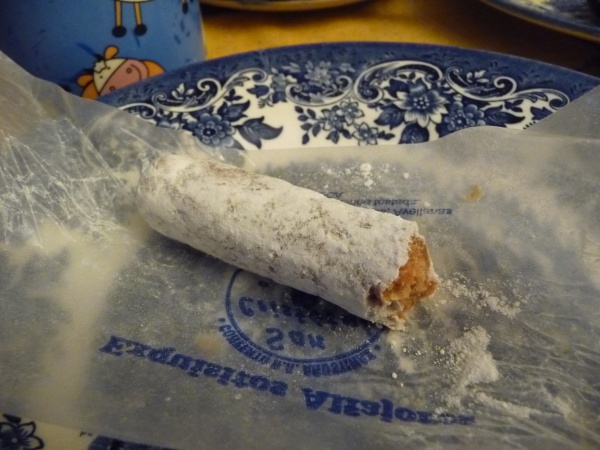Facts About Alfajor
An alfajor, also known as alajú, is a cherished sweet treat enjoyed in countries like Argentina, Chile, Uruguay, and Spain. The name "alfajor" is believed to be an Andalusian variant of the Castilian word "alajú" which derives from the Arabic term "al-fakher" meaning luxurious. These confections are typically small and cylindrical, available either individually or in boxes.
The alfajor's history dates back to the era of al-Andalus, with similar sweets appearing in ancient Arabic-Hispanic cookbooks. In Spain, traditional alfajores are made using ingredients such as honey, almonds, nuts, breadcrumbs, sugar, flour, and spices. There are even Protected Geographical Indications that set specific standards for their size, weight, and packaging.
In South America, alfajores are especially popular in Argentina, Uruguay, and Peru. Here, they usually consist of two round cookies filled with dulce de leche or other sweet fillings. These South American versions often differ from their Spanish counterparts and might be dusted with powdered sugar, or coated in coconut, chocolate, or glazed sugar.
The Caribbean also has its own twist on alfajores. In Puerto Rico, for instance, ground cassava is added to the mix, along with varying amounts of sugar and different spices. Across the Americas, you'll find a wide range of alfajor variations, with unique fillings, coatings, and cookie preparations in places like Mexico, Nicaragua, and Brazil.
In Brazil, a popular version of the alfajor, called "bem-casado" is filled with doce de leite and covered with a thin layer of sugar. Other variations might include peanuts, different fillings, or even an additional biscuit layer. Interestingly, Uruguay holds the Guinness World Record for the largest alfajor, which measured almost two meters in diameter and weighed an impressive 464 kilograms.

 Argentina
Argentina